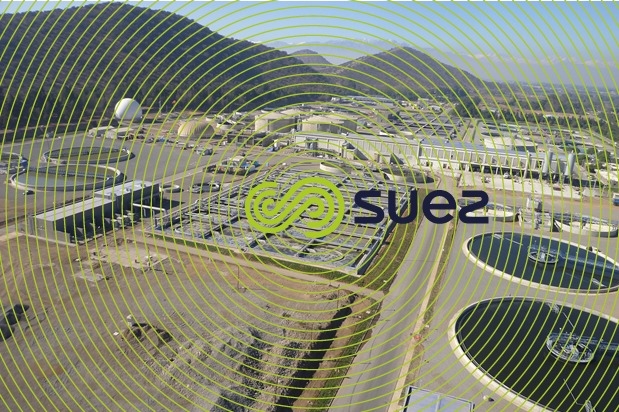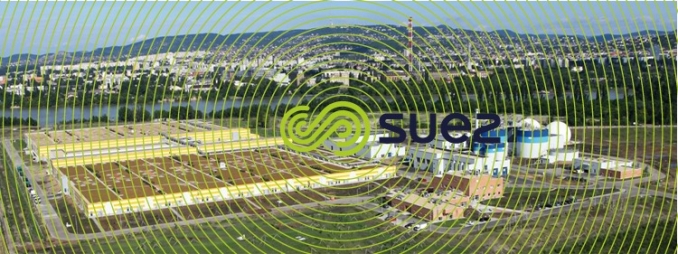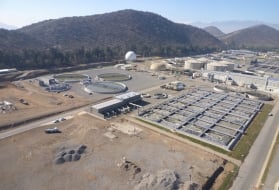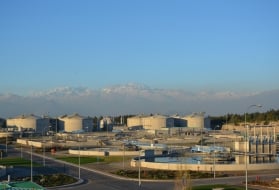end use of sludge: global optimisation of water and sludge
Reading time:A wastewater treatment plant, regardless of its size, its effluent quality targets and its treatment approach, will produce sludge: the amount produced will be linked to the very nature of the process (primary, physical-chemical, biological…).
Only the integration of an advanced sludge treatment process for reducing the organic fraction and an improvement in the level of sludge dewatering will enable the quantity of sludge produced by a treatment plant to be reduced.
Sludge treatment lines have been extensively described in chapters liquid sludge treatment and dewatered sludge treatment. However, the responsibility lies with the designer for pinpointing the overall optimum by prioritising a water treatment line appropriate to the type of sludge produced and its suitability for potential end uses (figure 1 from general sludge treatment lines).
In order to simplify this statement, because the list of water/sludge system combinations cannot be exhaustive, we can identify major trends based on the sludge classification referred to in section sludge characterisation/classification (see table 60 "sludge classification") which shows that:
- sludge produced by wastewater treatment plants is primarily hydrophilic organic sludge and, consequently, it will never be an easy matter to eliminateits interstitial water;
- although primary sludge also has a high organic matter content, when a fraction of primary sludge is included, this has a positive effect on sludge dewatering capabilitiesand on their net calorific value, making the use of lines thatinclude the destruction of organic matter, such as incineration, easier to operate.
Therefore, it is only after the end use of the sludge has been selected, that one can establish the best combination of sludge outputs and, therefore, the most appropriate water treatment line. Therefore, this is often achieved as the result of a series of approximations.
To quote a simple example: a system for a sensitive zone where priority would be given to simplified nitrogen treatment with one process and a single low loading stage. This system would produce highly hydrophilic sludge, resulting in low dry solids content dewatering (in the 18 to 22% range) whereas a line that includes primary sedimentation would produce higher dry solids content.
Initially, the designer would feel that the plant had been simplified and its cost reduced. However, he would then be compelled to supplement the sludge line in order to obtain the dry solids content requirement (adding lime to reach 30% for instance) for allowing the sludge to be disposed of in a landfill site or used for agricultural application; worse still, additional diesel would have to be bought for the other sludge treatment lines (incineration, drying, pyrolysis).
In fact, any overall balance will prove that, in these latter cases, the “very low loading method” is not the optimum route. Consequently, there will be a need to examine other water treatment processes.
This is why primary sedimentation was adopted for the large modern plants (such as the one of El Trebal Mapocho and Csepel) despite the fact that the resulting mixed sludge called for additional stabilisation (anaerobic digestion) to ensure that this sludge could be disposed of without fermentation and without causing a nuisance.
On the other hand, this sludge does have a high net calorific value that is favourable to heat processes.
In order for treatment plants to move towards increased energy self-sufficiency, the definition of scenarios regarding the final destination of sludge is essential in order to obtain the most optimised sludge treatment design. The search for energy self-sufficiency in a sludge treatment process (e.g.: anaerobic digestion + thermal drying + incineration) allows sludge energy recovery which will be decisive in offsetting energy costs related to water treatment process and will positively contribute to the treatment plant's operating balance.



Generally speaking, in Europe, bearing in mind that:
- agricultural application is receiving greater scrutiny;
- in time, it will not be possible to dispose of sludge to landfill sites (fermenting waste); the main potential solutions are to use sludge to produce energy or forextremely regulated agricultural spreading applications (stable disinfected products with a guaranteed composition).
Also, the following trend has been observed:
- small plants:the most rational method is still local agricultural application often after lime stabilisation (except when the sludge is routed to a dewateredsludge regrouping platform);
- large and medium size plants: direct use to produce energy or an array of possible solutions enabling the operator to select the most favourablemethod(s). Drying then becomes an intermediate step that is virtually unavoidable:
- it minimises transport costs to any external destination;
- it opens the way to a totally regulated use for agricultural application up to supplementing with chemical fertilisers to produce guaranteed NPK formulations;
- it also opens the way to on-site re-use to produce energy (dedicated incineration, gasification) and also to co-incineration (household waste, cement plants, thermal power stations, etc.).
Returns to the inlet for both the sludge line and the water line also have an effect on water treatment and the extent of these returns, both in terms of loading (suspended solids, BOD, COD, Total Nitrogen and Total P) and flow, have to be taken into account when sizing the plant. This particularly applies to:
- biofiltration plants producing backwash water that is:
- either re-injected direct into the primary stage inlet;
- or processed separately in a thickening system;
- it is clear that the effect on the entire system will not be the same in both cases because the intermediate thickener will prevent loading surges (mainly suspended solids returns) as well as flow surges (as thickening will have the effect of spreading output);
- sludge digestion (suspended solids, NH4+ and P returns). When a plant includes biological phosphate removal, many authors have stated that anaerobic digestion should be avoided because of the risk of discharging most of the TP. In fact, re-precipitation phenomena frequently fix a large proportion of phosphorous in the sludge, making it possible to use anaerobic digestion with biological phosphate removal (see suspended growth (activated sludge) process).
In large plants such as those of El Trebal Mapocho (Santiago) or Csepel (Budapest), this system can be improved even further by including separate treatment for digestion returns, to remove nitrogen (SBR biological process using Anammox biomass) or phosphorous (physical-chemical precipitation with a concentrated effluent using side-stream or mainstream precipitation of struvite).



Bookmark tool
Click on the bookmark tool, highlight the last read paragraph to continue your reading later














